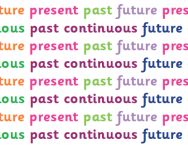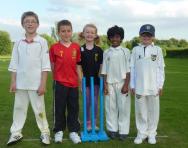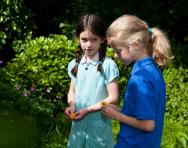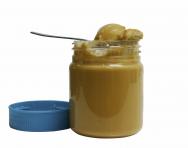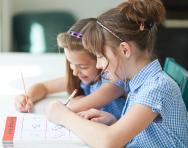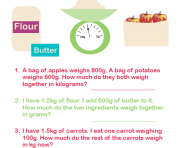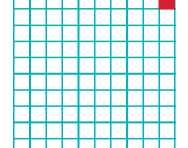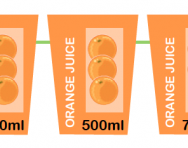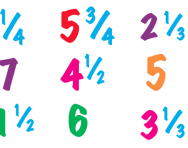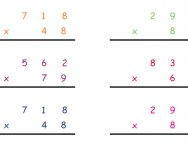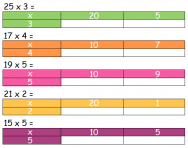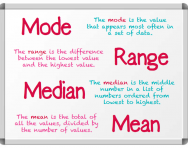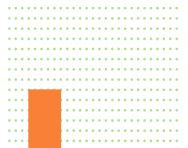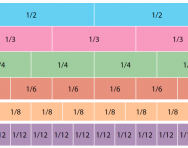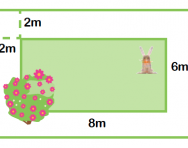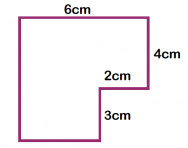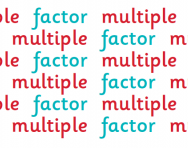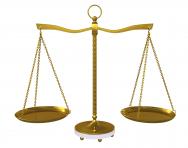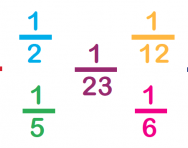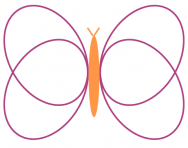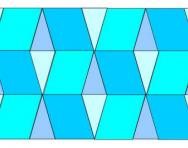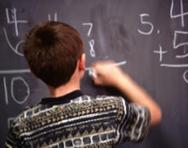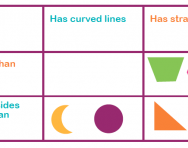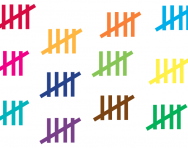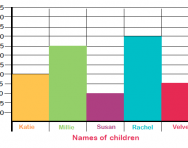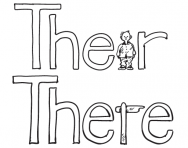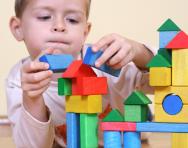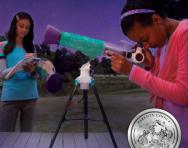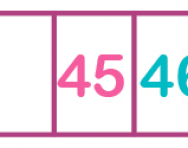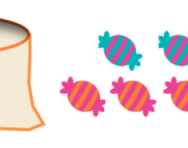Year 4 articles
What is verb tense?
Verb tenses tell us when an action took place in the present, past or future. Help your child understand the main verb tenses (simple present and present continuous, simple past and past continuous, simple future and future continuous) and understand which tenses are used in different kinds of texts.
How to choose the right sports club for your child
Only one three-letter word matters when looking for a great sports club for your child. No, not ‘win’, but ‘fun’. Andrew Shields explains.
Managing separation and divorce at school
Separation isn’t just a family affair – the consequences need to be managed at school, too. Moira Holden explains the legalities involved and experts give advice on how to deal with your child’s education as a separated family.
Managing asthma in primary school
Managing asthma at school can be a challenge, but new legislation will ensure that children with long-term health needs receive extra support. Jo Willacy reports.
The parents’ guide to developmental language disorder
A significant percentage of children are thought to be affected by DLD, but it often goes unrecognised. We look at how to spot the signs and help your child.
Sex and relationships: how to talk to your primary-school child
How should you discuss the birds and the bees with your child and when, and what can you expect your school to provide in terms of sex and relationships education? We asked the experts for their guidance for the primary-school years.
Dealing with anaphylaxis in schools
If your child suffers from a severe food allergy, sending them to school every day can be a daily battle of trust. Jo Willacy takes a look at policy, action plans and training for parents and school staff to help tackle allergy management concerns.
Managing diabetes at school
If your child has diabetes, which is a condition when the body doesn’t produce enough insulin, you want to know that they’ll be as healthy and safe as possible at school. We share tips about drawing up a care plan, communicating effectively with school and raising awareness of diabetes with teachers and carers.
Language-learning in primary schools
Since September 2014, the new National Curriculum has made learning a language compulsory in Key Stage 2. We explain how it works and what languages your child might be introduced to.
14 of the best new books for children for Christmas 2013
Start a new tradition of reading in front of the tree on the evening of 25 December with these brilliant new books for 4-11 year olds. From thrillers to Dr Who adventures, picture books to hide-under-the-covers scare stories, they'll transport your child around the globe and back and forwards in time so effectively that all the new screens and interactive games will be forgotten. Happy reading!
What is a word problem?
We explain what a word problem is and give examples of the types of word problems your child might be challenged with in each primary-school maths year group, from Year 1 to Year 6.
What is a percentage?
We explain what a percentage is, how children are taught to understand the concept, to find percentages of numbers and to compare fractions of amounts to percentages of amounts.
What is capacity?
We explain what capacity means and how children are taught to understand the concept in KS1 and learn about the relationship between millilitres and litres, and in KS2 use decimal notation to record the capacity of water and convert between units of measurement.
What are improper fractions and mixed numbers?
We explain what improper fractions and mixed numbers are and how the relationship between them can be taught to primary-school children.
What is long multiplication?
We explain what the long multiplication method is and review how multiplication skills are built up through each year of primary school.
What is the grid method?
We explain what the grid method is, how it is taught in primary-school maths and how it is used to multiply a two-digit number by a one-, two- or three-digit numbers, when multiplying amounts of money and when multiplying decimals.
What are negative numbers?
We explain what negative numbers are and how children can be taught the concept using a number line, as well as looking at the types of questions that children might be asked involving negative numbers.
What are mode, mean, median and range?
We explain the meaning of the terms mode, mean, median and range, with examples of how to find each of these from a set of numbers, as well as examples of the types of questions primary-school children might be asked when interpreting data sets.
What is rotation of shapes?
We explain what the term rotation means in geometry, how primary-school children are taught to rotate shapes clockwise or anticlockwise or about the centre, and how to combine rotation with coordinates.
What are equivalent fractions and simplifying fractions?
We explain what equivalent fractions are, how the concept of equivalence is introduced in primary school maths and how knowledge of equivalent fractions is then used to simplify fractions.
What is area?
We explain what the term area means and how children are taught to calculate the area of a shape.
What is the perimeter?
We explain what the perimeter is and how teachers explain the concept to children in KS2, as well as showing the types of perimeter word problems children could be faced with.
What are multiples and factors?
We explain what multiples and factors are and how children are taught to recognise multiples from Year 1 and factors from Year 5, with examples of the types of problem they might be asked to solve.
What are standard and non-standard units?
We explain what standard and non-standard units are and how non-standard units can help children understand the concept of weight before they master the skill of accurate measurement and converting units of measurement
What are unit fractions?
We explain what unit fractions are and why children need to understand the concept of unit fractions before moving onto more advanced fractions learning.
What is symmetry?
We explain what symmetry is and how primary-school children are taught to find the line of symmetry and draw lines of symmetry on different shapes.
What are tessellating shapes?
We explain what tessellating shapes are and why tessellation may be taught in primary school as part of learning about 2D shapes.
What is an estimate?
We explain how children are taught to make estimates to check whether their answers are correct and how this skill is applied to more difficult calculations as your child advances through primary school.
What is proportion in maths?
We explain what proportion is and how children are taught about proportion from Year 4, giving examples of the kinds of problems involving proportion they might be asked to solve.
What is a Carroll diagram?
We explain what a Carroll diagram is and how primary-school children are taught to use a Carroll diagram to sort data, such as a group of objects or numbers, methodically.
What is a tally chart?
We explain what a tally chart is and how children are taught to use a tally chart to collect data and interpret data on tally charts.
What is a bar chart?
We explain what a bar chart is and how children are taught to interpret a bar chart, produce their own bar charts on grid paper and on a computer, and produce bar charts with grouped discrete data.
Memory aids for kids
Rhymes, acrostics and other mnemonics could all help your child to remember important facts, from tricky spellings to grammar rules. We asked the experts why they work so well – and for their top 10 memory aids.
Glue ear: all your questions answered
Children afflicted by glue ear can have a miserable time at school, but the nature of the condition means many parents and teachers may not even guess that a child is suffering. Moira Holden looks at the causes of glue ear and how it can be treated.
Best construction toys for kids
Want to develop your child’s problem-solving skills, understanding of physics and fine motor control (essential for handwriting)? Time to get out the building blocks! We pick eight of the best construction toy sets for budding engineers, architects and designers.
100 of the best educational toys: KS2
Your child will be having so much fun playing these games they won't even realise they're practising their times tables, improving their vocabulary, boosting mental maths skills and revising geography facts. Hands-on fun is guaranteed with every learning activity, from writing in hieroglyphics to dissecting a body and observing the night sky.
100 of the best educational toys: stocking fillers
Don't forget the stockings! These little toys and games are the perfect size to slip in, yet still offer plenty of educational opportunity. Encourage observation, curiosity, dexterity and creativity with these brilliant gifts, whatever age your child is.
What is rounding numbers?
We explain what the term 'rounding numbers' means and how children are taught to go from rounding two-digit numbers in Year 2 to rounding decimals in Years 5 and 6.
What is ratio?
We explain what ratio is and how children in KS2 are taught to solve problems involving ratio.
What is the bus stop method for division?
We explain what the bus stop method for division or short division is and why this is a quick and efficient method for working out division with larger numbers.
